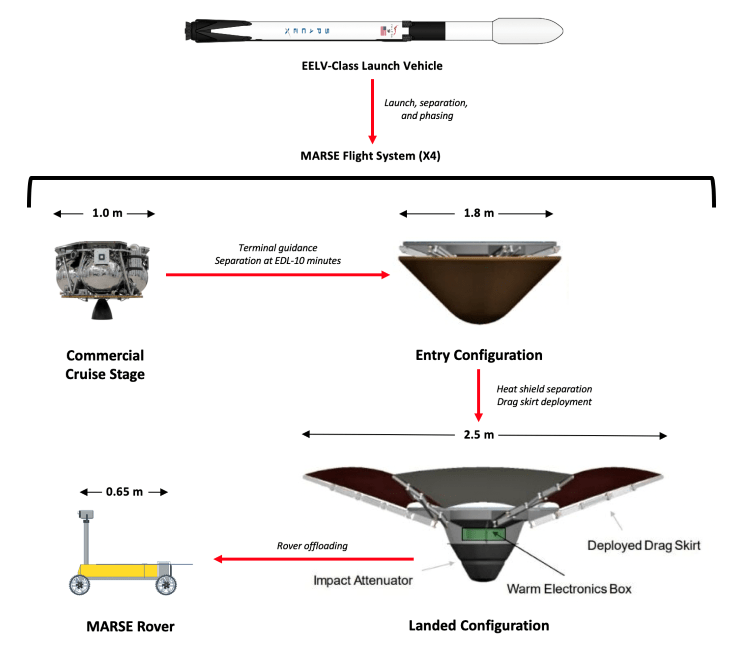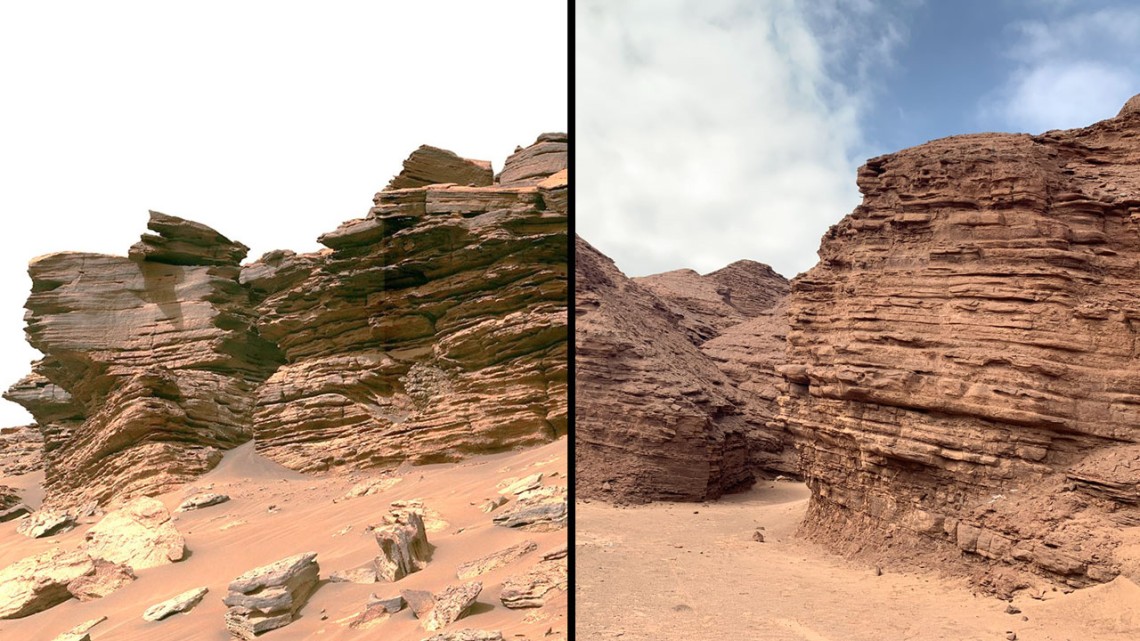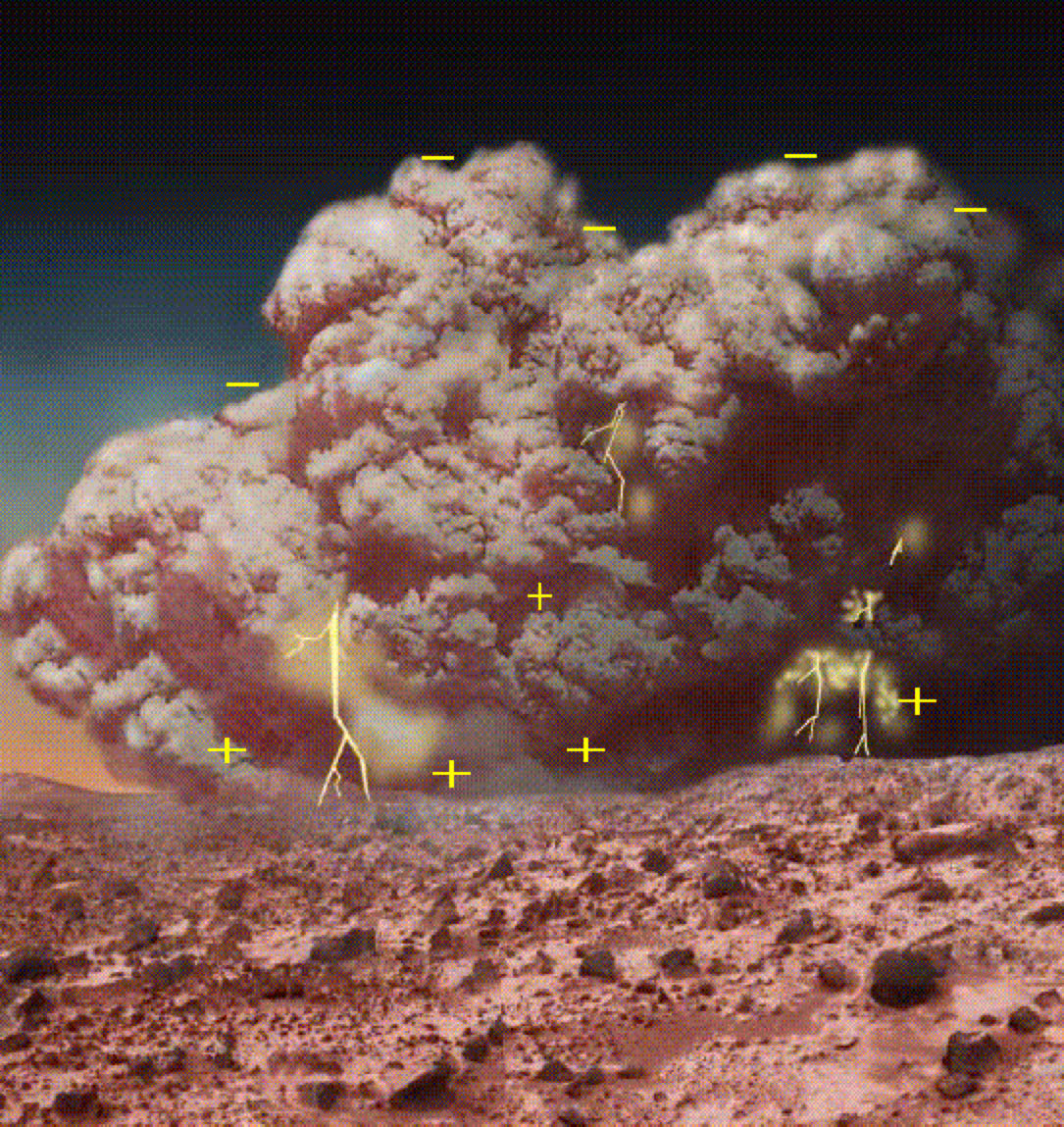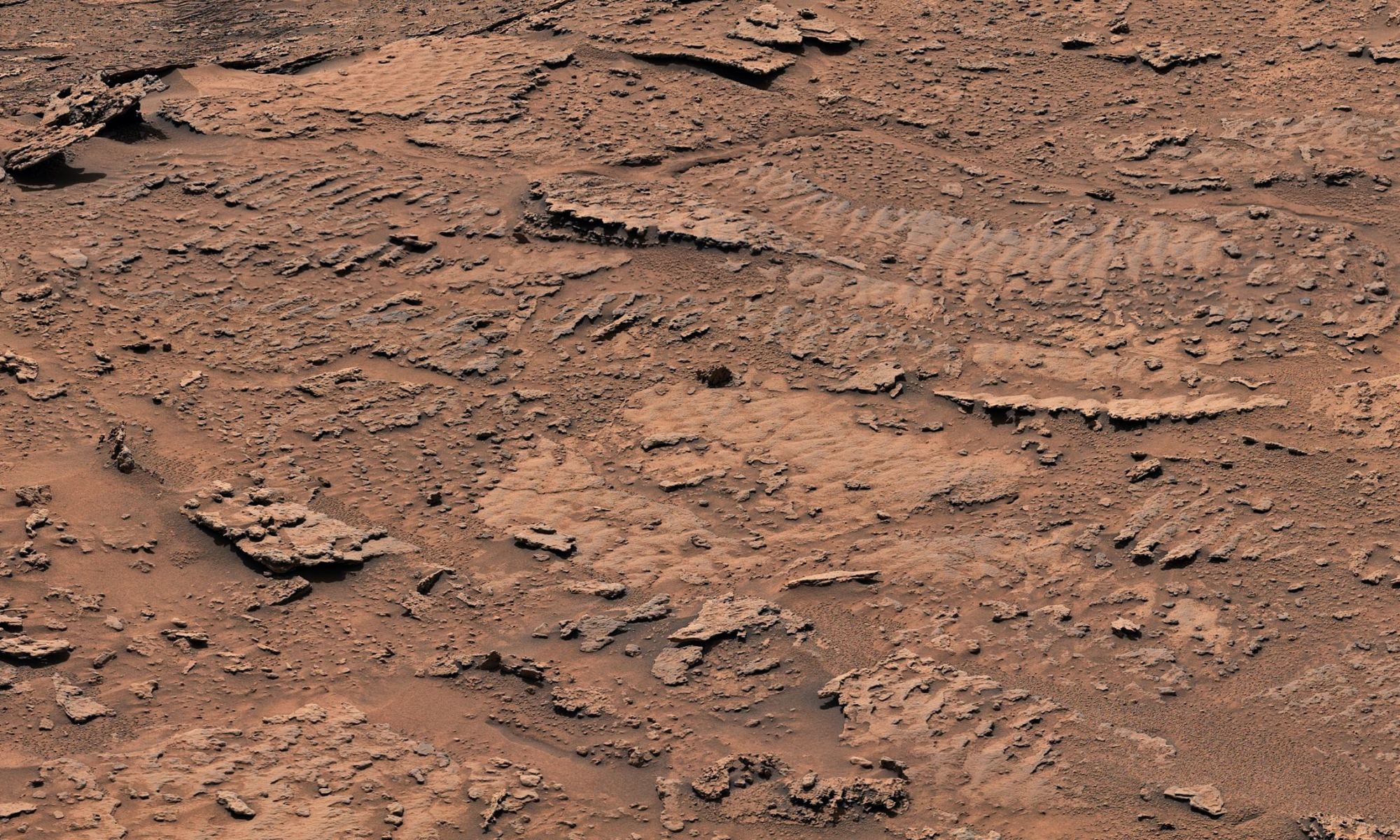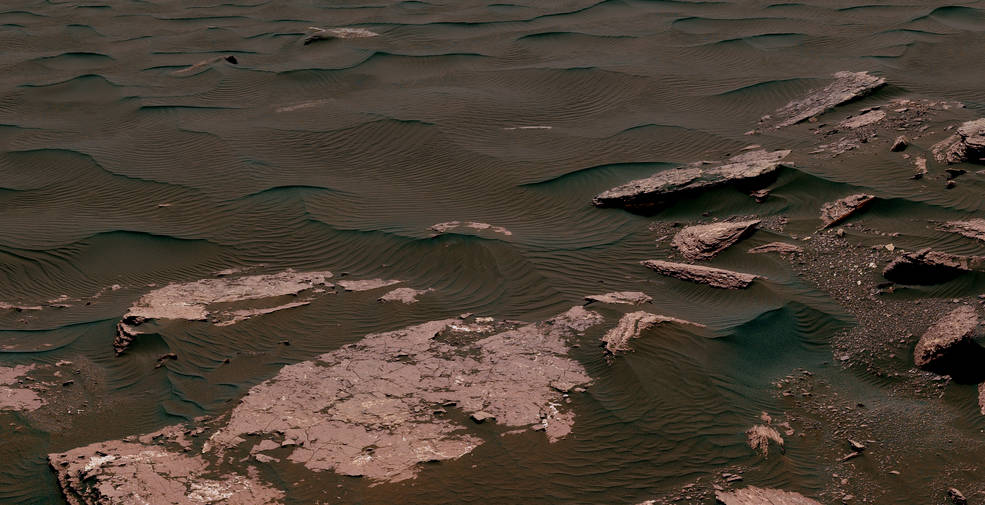A recent study presented at the 55th Lunar and Planetary Science Conference (LPSC) discusses the Mars Astrobiology, Resource, and Science Explorers (MARSE) mission concept and its Simplified High Impact Energy Landing Device (SHIELD), which offers a broader and cheaper method regarding the search for—past or present—life on the Red Planet, specifically by using four rovers at four different landing sites across Mars’ surface instead of just one-for-one. This concept comes as NASA’s Curiosity and Perseverance rovers continue to tirelessly explore the surface of Mars at Gale Crater and Jezero Crater, respectively.
Continue reading “Search for Life on Mars Could Level-Up with MARSE Mission Concept”Search for Life on Mars Could Level-Up with MARSE Mission Concept
